ประเภท ของ Adjective
1. จำเป็น (necessary) – คำนี้ใช้เพื่อเน้นความต้องการหรือความจำเป็นที่จำเป็นต่อการทำสิ่งใดสิ่งหนึ่ง ยกตัวอย่างเช่น “การมีบัตรประจำตัวคนแก่เป็นสิ่งจำเป็น” หมายถึงสิ่งนี้เป็นเรื่องที่ต้องทำหรือต้องมี
2. อาจ (possible) – ใช้เพื่อแสดงความเป็นไปได้หรือขอบเขตของสิ่งใดสิ่งหนึ่ง ยกตัวอย่างเช่น “เด็กแต่งกายเหมือนผู้ใหญ่อาจทำให้คนอื่นสับสน” หมายถึงมันเป็นไปได้ที่เด็กจะแต่งกายเหมือนผู้ใหญ่และทำให้คนอื่นสับสน
3. แน่นอน (certain) – ใช้เพื่อแสดงความแน่ใจหรือความตั้งใจ ยกตัวอย่างเช่น “ผลงานที่ยอดเยี่ยมก็เป็นสิ่งแน่นอนที่นักเรียนต้องการ” หมายถึงนักเรียนตั้งใจที่จะได้ผลงานที่ยอดเยี่ยม
ประเภทของ adjectiveที่เกี่ยวข้องกับคุณลักษณะ (Adjectives related to personality traits):
1. จริงใจ (sincere) – ใช้เพื่อพิจารณาคุณลักษณะที่แสดงถึงความจริงใจหรือความซื่อสัตย์ในการดำเนินชีวิตและความเป็นจริง ยกตัวอย่างเช่น “เพื่อนซื่อสัตย์เป็นคุณลักษณะที่สำคัญในฟื้นฟูความสัมพันธ์” หมายถึงคุณลักษณะที่เพื่อนของเราต้องการและคุณลักษณะที่สำคัญในการฟื้นฟูความสัมพันธ์
2. อ่อนโยน (gentle) – ใช้เพื่อบ่งบอกถึงความอ่อนโยนและความสุขุมสบายในการพูดจาและการกระทำ ยกตัวอย่างเช่น “ครูที่อ่อนโยนสามารถสร้างสภาวะการเรียนรู้ที่เต็มเปี่ยมได้” หมายถึงครูที่มีความอ่อนโยนที่สามารถสร้างสภาวะการเรียนรู้ที่เต็มเปี่ยมได้
3. ก้าวหน้า (progressive) – ใช้เพื่อบ่งบอกถึงความก้าวหน้าและความพยายามในการพัฒนาสิ่งใดสิ่งหนึ่ง ยกตัวอย่างเช่น “ธุรกิจที่ก้าวหน้าต้องมีการปรับปรุงและพัฒนาอย่างต่อเนื่อง” หมายถึงธุรกิจที่ต้องก้าวหน้าและปรับปรุงเพื่อพัฒนาต่อไป
ประเภทของ adjectiveที่บ่งบอกเกี่ยวกับความสามารถ (Adjectives that indicate abilities):
1. คล่องแคล่ว (agile) – ใช้เพื่อพิจารณาความยืดหยุ่นและความคล่องแคล่วในการเคลื่อนไหวหรือปฏิบัติงาน ยกตัวอย่างเช่น “นักกีฬาคล่องแคล่วสามารถทำสิ่งที่ธรรมดาไม่สามารถทำได้” หมายถึงนักกีฬาที่มีความยืดหยุ่นและคล่องแคล่วในการปฏิบัติงานที่ธรรมดาไม่สามารถทำได้
2. ชำนาญ (proficient) – ใช้เพื่อบ่งบอกถึงความชำนาญและความเชี่ยวชาญในการทำงานหรือการปฏิบัติงาน ยกตัวอย่างเช่น “ช่างที่ชำนาญสามารถซ่อมแซมเครื่องจักรได้อย่างถูกต้อง” หมายถึงช่างที่มีความชำนาญและความเชี่ยวชาญในการซ่อมแซมเครื่องจักรได้อย่างถูกต้อง
3. เชี่ยวชาญ (expert) – ใช้เพื่อบ่งบอกถึงความเชี่ยวชาญและความเฉพาะกาลในการทำงานหรือในสาขางานที่ตนเองเชี่ยวชาญ ยกตัวอย่างเช่น “ผู้เชี่ยวชาญด้านการวิจัยสามารถนำเสนอผลการวิจัยที่สำคัญ” หมายถึงผู้ที่เชี่ยวชาญในการวิจัยและสามารถนำเสนอผลการวิจัยที่สำคัญได้
ประเภทของ adjectiveที่เกี่ยวข้องกับความรู้สึก (Adjectives associated with emotions):
1. สุขใจ (joyful) – ใช้เพื่อแสดงความสุขและความรู้สึกที่ดีใจ ยกตัวอย่างเช่น “ผู้ชนะแข่งขันออกมาโอ่อ่าให้คนรอบข้างเป็นสุขใจ” หมายถึงการชนะอย่างยิ่งใหญ่ที่ทำให้คนรอบข้างรู้สึกดีใจ
2. ทิ้งท้าย (disappointed) – ใช้เพื่อแสดงความผิดหวังหรือความไม่พอใจ ยกตัวอย่างเช่น “ผู้ชมที่ทิ้งท้ายเมื่อทีมที่ชอบแพ้ในการแข่งขัน” หมายถึงผู้ชมที่รู้สึกผิดหวังหรือไม่พอใจเมื่อทีมที่ชอบแพ้ในการแข่งขัน
3. กระตือรือร้น (excited) – ใช้เพื่อแสดงความตื่นเต้นและความสนใจในเหตุการณ์หรือเหตุการณ์ที่กำลังจะเกิดขึ้น ยกตัวอย่างเช่น “ผู้สมัครที่เข้าร่วมงานสัมภาษณ์รอคอยอย่างกระตือรือร้น” หมายถึงผู้สมัครที่รอคอยอย่างตื่นเต้นในการสัมภาษณ์
ประเภทของ adjectiveที่เกี่ยวข้องกับสภาพแวดล้อม (Adjectives related to the environment):
1. สดใส (fresh) – ใช้เพื่อบ่งบอกถึงสภาพแวดล้อมที่สดชื่นและสะอาด ยกตัวอย่างเช่น “อากาศที่สดใสช่วยให้จิตใจคล่องแคล่ว” หมายถึงอากาศที่สดชื่นที่ช่วยให้จิตใจรู้สึกสดชื่น
2. มืดมน (dark) – ใช้เพื่อบ่งบอกถึงสภาพแวดล้อมที่มืดมนและไม่มีแสง ยกตัวอย่างเช่น “ดินที่มืดมนทำให้พืชไม่สามารถเจริญเติบโตได้” หมายถึงสภาพดินที่มืดและห่อหน้าที่ไม่มีแสงสว่าง
3. สวยงาม (beautiful) – ใช้เพื่อบ่งบอกถึงความสวยงามและเรียงรายในสภาพแวดล้อม ยกตัวอย่างเช่น “ภูเขาที่สวยงามเป็นที่ท่องเที่ยวชั้นนำของประเทศ” หมายถึงภูเขาที่มีความสวยงามและได้รับการยอมรับมากในท่องเที่ยว
ประเภทของ adjectiveที่เกี่ยวข้องกับความมีชีวิตชีวา (Adjectives that indicate liveliness):
1. ขี้เหนียว (cheerful) – ใช้เพื่อแสดงความร่าเริงและความชื่นใจ ยกตัวอย่างเช่น “เด็กที่ขี้เหนียวมักมีพลังและความหายใจที่ร่าเริง” หมายถึงเด็กที่มีความร่าเริงและกิจกรรมมาก
2. กระฉิ่นกระเฉง (vibrant) – ใช้เพื่อบ่งบอกถึงความอลังการและความมีชีวิตชีวาในสิ่งต่าง ๆ ยกตัวอย่างเช่น “ตลาดที่โผล่กระฉิ่นกระเฉงทำให้มีชีวิตชีวาและเป็นจุดเด่นของเมือง” หมายถึงตลาดที่มีความอลังการและชีวิตชีวามาก
Adjectives Ep 1/7 : Adjective คืออะไร มีกี่ประเภท วางตรงไหนดี
คำสำคัญที่ผู้ใช้ค้นหา: ประเภท ของ adjective adjective มีอะไรบ้าง, Adjective, คํา adjective บอกลักษณะ, proper adjective ตัวอย่างประโยค, adjective ตัวอย่างประโยค, adjective คืออะไร, adjective คําศัพท์, descriptive adjective มีอะไรบ้าง
รูปภาพที่เกี่ยวข้องกับหัวข้อ ประเภท ของ adjective
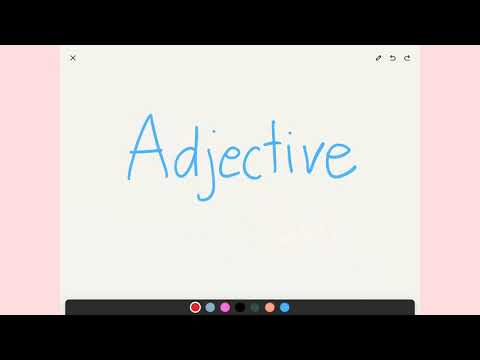
หมวดหมู่: Top 72 ประเภท ของ Adjective
Adjective กี่ประเภท
The Thai language is renowned for its rich and expressive vocabulary. One crucial aspect of Thai grammar that contributes to this richness is the wide variety of adjectives available. Adjectives play a vital role in describing, distinguishing, and adding depth to nouns in a sentence. In Thai, adjectives, or “คำคุณศัพท์” (kam kun-sap), come in a diverse range of categories, each with its unique characteristics and usage. In this article, we will delve into the different types of adjectives in Thai, exploring their nuances and shedding light on how to use them effectively.
1. แอดเจ็กทีฟบาง (Adjective Báng): These adjectives refer to the appearance, condition, or state of an entity. They provide information about the physical attributes or characteristics of nouns. For example, “สวย” (suay) meaning beautiful, “เจ็บ” (jeb) meaning painful, or “หิว” (hiw) meaning hungry.
2. แอดเจ็กทีฟชี้บ่ง (Adjective Chíbông): This category of adjectives points out or indicates specific qualities or characteristics of a noun. These adjectives play a role in distinguishing and highlighting certain aspects. Examples include “เขียว” (khiaw) meaning green, “ร้อน” (ron) meaning hot, or “ดำ” (dam) meaning black.
3. แอดเจ็กทีฟบรรจปัญญา (Adjective Bànjapanya): As the name suggests, these adjectives describe intellectual or mental qualities and attributes of nouns. They are used to convey ideas, opinions, or judgments. Examples include “ฉลาด” (chalat) meaning smart, “งาม” (ngam) meaning beautiful, or “ละเอียด” (la-iad) meaning specific.
4. แอดเจ็กทีฟเทียมทาน (Adjective Thiêmthan): This type of adjective describes the taste, scent, or touch quality of nouns. These adjectives appeal to the sensory perceptions, enriching the overall expression. Examples include “อร่อย” (a-roi) meaning delicious, “หอม” (hom) meaning fragrant, or “นุ่ม” (num) meaning soft.
5. แอดเจ็กทีฟตัวแสดง (Adjective Tůasǎdǒng): These adjectives are used as demonstrative markers to indicate relative locations or positions. They provide additional information about the position or condition of a noun. Examples include “แก้วนี้” (kaeo ni) meaning this glass, “หนังเรื่องนี้” (nang reuang ni) meaning this movie, or “กุญแจนั่น” (kunae nan) meaning that key.
6. แอดเจ็กทีฟตัวประกอบ (Adjective Tůaprakôp): This category of adjectives serves as “completive” markers and conveys the completion or fulfillment of an action or condition. They signify the result of an action or event. Examples include “กำลังจะหมด” (kamlang ja mot) meaning nearly finished, “เลยสุดท้าย” (loei sùt thai) meaning finally, or “เสร็จ” (set) meaning done.
7. แอดเจ็กทีฟตัวกำกับ (Adjective Tůakamkab): These adjectives are used as coordinating markers to link multiple nouns or provide a hierarchical order. They are essential for describing relationships and sequencing. Examples include “และ” (lae) meaning and, “หรือ” (reu) meaning or, or “เช่น” (chen) meaning such as.
Now that we have covered the various types of adjectives in Thai, let’s address some frequently asked questions.
FAQs:
Q1. How do I form the comparative and superlative forms of adjectives in Thai?
A1. The comparative form of adjectives is formed by adding the word “กว่า” (kwa) after the adjective. For example, “สวยกว่า” (suay kwa) means more beautiful. The superlative form is formed by adding the word “ที่สุด” (thi sut) after the adjective. For example, “สวยที่สุด” (suay thi sut) means the most beautiful.
Q2. Can I use more than one adjective to describe a noun in Thai?
A2. Yes, you can use multiple adjectives to describe a noun in Thai. The general rule is to place the adjective closest to the noun first. For example, “คุณสวยและน่ารัก” (khun suay lae na rak) means you are beautiful and cute.
Q3. How do I make an adjective plural in Thai?
A3. Unlike English, Thai adjectives do not have a plural form. They remain the same regardless of whether they refer to a singular or plural noun. For example, “คนสวย” (khon suay) means beautiful person, and “คนสวยๆ” (khon suay suay) also means beautiful people.
Q4. Can I use adjectives as nouns in Thai?
A4. Yes, in Thai, adjectives can sometimes function as nouns, especially when the context is clear. For example, “ชุดดำ” (chut dam) means black dress, where “ดำ” (dam) is functioning as a noun.
Adjectives in Thai play a significant role in adding depth, vividness, and clarity to expressions. Understanding the various types of adjectives and their usage will enable you to communicate more effectively and precisely in everyday conversations or written Thai. By incorporating these nuances into your language skills, you will take a substantial step towards mastering the beauty of Thai grammar.
Distributive Adjective มีอะไรบ้าง
ประโยคเสริมคำนามสามารถกระทำหน้าที่แสดงคุณสมบัติของคำนามได้ ผู้พูดหรือผู้เขียนสามารถใช้ประโยคเสริมคำนามเพื่อสร้างภาพในจิตใจของผู้ฟังหรือผู้อ่านได้อย่างปราณีต ถ้าหากเราพูดถึง “คนทุกคน” เราสามารถนำคำนาม “คน” กับคำเสริม “ทุกคน” มาสร้างคำบอกคุณสมบัติล้วนๆ และให้ความหมายว่าปรากฎทุกคนจริงๆ นอกจากนี้คำนามเสริมยังสามารถใช้เจาะจงความหมายของการเสนอเรื่องราวและสิ่งต่างๆ กล่าวถึงทุกคน ในกรณีเช่นนี้เราสามารถใช้คำนามเสริม “ทุกคน” เพื่อเข้าใจและเชื่อว่าเรื่องราวที่กล่าวถึงเกี่ยวข้องกับทุกคนหรือเป็นเรื่องสำคัญแก่ทุกคน
นอกจากคำนามเสริม “ทุกคน” ยังมีคำนามเสริมอื่นๆ ที่ใช้ในประโยคเสริมคำนาม เช่น “ทั้งหมด” ซึ่งหมายถึงผู้ทำตามทุกอย่างในข้อความ เราสามารถใช้คำนาม “ทั้งหมด” เพื่อบอกคุณสมบัติว่าทุกสิ่งเป็นแบบเดียวกันหรือทำตามเหมือนกันทุกอย่างในประเด็นที่พูดถึง รูปอื่นของประโยคเสริมคำนามได้แก่ “บางคน” เมื่ออ้างถึงกลุ่มคนบางอย่างที่ทำอย่างเดียวกัน และ “หลายคน” เมื่อพูดถึงกลุ่มคนมากกว่านี้
สำหรับคำนามเสริมในประโยคเสริมจะมีลักษณะเฉพาะตามลักษณะคำนามตามที่กล่าวมา ยกเว้นคำนามเสริมที่ใช้คำถามซึ่งใช้กันบ่อยในภาษาไทย เราจะสามารถใช้คำนามเสริมเช่น “ใคร” และ “อะไร” ในการเรียกคำถามเพื่อสอบถามข้อมูลเจาะจงหรือทำความเข้าใจเพิ่มเติม
เราได้พูดถึงประโยคเสริมคำนามในการเสนอเรื่องในภาษาไทย อย่างไรก็ตาม ผู้อ่านควรระมัดระวังในการใช้ประโยคเสริมคำนาม เพราะอาจทำให้ความหมายของประโยคสับสนหรือดูไม่คล้ายคลึงกัน จึงควรใช้ประโยคเสริมคำนามในกรณีที่จำเป็นเท่านั้นเช่นเดียวกับการใช้ประโยคเสริมกริยาในภาษาไทย
คำถามที่พบบ่อย
1. ประโยคเสริมคำนามคืออะไร?
ประโยคเสริมคำนามคือประโยคที่มีคำขยายคำนามที่เป็นประเภทของคำนาม ซึ่งมีวัตถุประสงค์เพื่อเพิ่มคุณสมบัติของคำนามหรือตอบคำถามเพิ่มเติม
2. ใช้ประโยคเสริมคำนามได้ในกรณีใดบ้าง?
เราสามารถใช้ประโยคเสริมคำนามในกรณีที่ต้องการเพิ่มคุณสมบัติของคำนาม เช่น การใช้คำนาม “ทุกคน” เพื่อให้ความหมายว่าเรื่องราวนั้นเกี่ยวข้องกับทุกคน
3. คำถามที่ใช้กับประโยคเสริมคำนามคืออะไร?
ชนิดของคำถามที่ใช้กับประโยคเสริมคำนามเป็นคำถามที่ใช้เจาะจงหรือสอบถามข้อมูลเพิ่มเติม เช่น ใคร หรือ อะไร
ดูเพิ่มเติมที่นี่: lasbeautyvn.com
Adjective มีอะไรบ้าง
The structure of มีอะไรบ้าง is relatively simple. The word “มี” (mee) means “to have” or “to exist,” and “อะไร” (arai) is the question word for “what.” The word “บ้าง” (bang) is used to indicate that the speaker is expecting more than one thing in response. So, when combined, มีอะไรบ้าง essentially means “what is there” or “what are there.”
One of the most common uses of มีอะไรบ้าง is when asking about the contents or items available in a place. For example, if you are visiting a restaurant and want to know what dishes are available, you can ask the waiter, “ร้านนี้มีอะไรบ้าง?” (raan nee mee arai bang?) which means “What is there in this restaurant?” The waiter can then provide you with a list of dishes and their descriptions. This form of inquiry allows you to explore the options available and make an informed decision.
Furthermore, มีอะไรบ้าง can also be used when asking about the facilities or amenities a place has to offer. For instance, if you are considering staying at a hotel, you might ask, “โรงแรมนี้มีอะไรบ้าง?” (rong raem nee mee arai bang?) meaning “What facilities or amenities are there in this hotel?” The hotel staff can then inform you about the various services they provide such as swimming pools, fitness centers, or spa facilities. This allows you to assess the suitability of the hotel based on your preferences and requirements.
Furthermore, มีอะไรบ้าง can be used to inquire about someone’s possessions or belongings. For example, if you are visiting a friend’s house, you might ask, “คุณมีของเล่นอะไรบ้าง?” (kun mee kaawng len arai bang?) which means “What toys do you have?” This question allows you to understand what types of toys your friend possesses, which can help you choose appropriate activities to engage in during your visit.
It is crucial to note that มีอะไรบ้าง can be used in both formal and informal situations. However, in more formal scenarios, it is common to replace “มี” (mee) with “มีอะไร” (mee arai), which means the same thing. For example, instead of saying “ร้านนี้มีอะไรบ้าง?” (raan nee mee arai bang?), you could say “ร้านนี้มีอะไร?” (raan nee mee arai?) to express the same inquiry. This modification is particularly evident in written language or professional settings.
Now, let’s address some frequently asked questions about มีอะไรบ้าง:
Q: Can มีอะไรบ้าง be used to ask about the availability of specific items or products?
A: Yes, มีอะไรบ้าง can be used to inquire about the availability of specific items or products. For example, if you are looking for a specific book in a library, you can ask the librarian, “ห้องสมุดมีหนังสือเรื่องนี้มั้ย?” (haawng soom-lit mee nang-seu reuang nee mai?), which means “Does the library have this book?”
Q: Is มีอะไรบ้าง appropriate when asking about the existence of abstract concepts or ideas?
A: Yes, มีอะไรบ้าง can also be used to inquire about the existence of abstract concepts or ideas. For instance, if you want to know if there are any vegetarian options at a restaurant, you can ask, “ร้านนี้มีอาหารเจอะไรบ้าง?” (raan nee mee aa-haan jee arai bang?), which means “What vegetarian options are there in this restaurant?”
Q: Are there any variations of มีอะไรบ้าง that can be used in different contexts?
A: Yes, there are indeed variations of มีอะไรบ้าง that can be used in different contexts. For instance, if you want to ask what activities are available at a recreational center, you can use the form “มีกิจกรรมอะไรบ้าง?” (mee giit-jà-gràm arai bang?), which means “What activities are there?” The structure of the sentence remains the same, but by replacing “arai” with “giit-jà-gràm,” you can adapt the question to focus on activities specifically.
In conclusion, มีอะไรบ้าง is an important adjective in the Thai language that is used to inquire about the presence or existence of something. Its versatility allows it to be used in various contexts, such as asking about the contents of a restaurant, the facilities of a hotel, or someone’s possessions. By understanding the usage and structure of มีอะไรบ้าง, you can engage in meaningful conversations and gather the information you need in different situations.
Adjective
Forms of Adjectives in Thai
In Thai, adjectives typically come after the noun they modify. Unlike in English, Thai adjectives do not have separate forms for singular and plural nouns. Instead, they remain the same regardless of the number of items being described. This characteristic simplifies the learning process for non-native speakers of Thai as they do not need to worry about changing endings or forms.
Furthermore, Thai adjectives generally follow the pattern of “noun + adjective” without any linking words in between. For example, if you want to describe a beautiful flower, you would say “dok suay” (ดอกสวย), where “dok” means flower and “suay” means beautiful. Simple yet impactful, right?
Adjective Placement
While adjectives usually come after the noun in Thai, they can also appear before the noun to emphasize or clarify information. This flexibility allows for greater creativity in expression. For instance, the phrase “suay gwaa” (สวยกว่า) means prettier than, while “gwaa suay” (กว่าสวย) means more beautiful. Both phrases convey the same meaning but with a slight difference in emphasis.
Moreover, Thai adjectives also have the ability to stand alone as sentences, especially when it comes to expressing personal opinions or preferences. For example, if you want to say “tasty!” in Thai, you can simply say “aroi!” (อร่อย), which means delicious. This linguistic feature allows for concise and expressive communication, making Thai an engaging language to learn and use.
Degree of Comparison
When it comes to comparing adjectives in Thai, similar to other languages, Thai employs specific words to indicate degrees of comparison. The word “kwa” (กว่า) signifies superiority, while “mai kwa” (ไม่กว่า) denotes inferiority. For example, if you want to say “This dress is more expensive than that dress,” you would say “roop-ni ao-pai kwa roop-nu” (รูปนี้เจ๊าะป่ายกว่ารูปนู๋), where “roop-ni” means this dress, “ao-pai” means expensive, and “roop-nu” means that dress.
Thai adjectives can also use the words “mak” (มาก) and “nitnoi” (นิดหน่อย) to express the degree of comparison. “Mak” means very or much, indicating an increase in intensity, whereas “nitnoi” means a little, implying a decrease in intensity. For example, “aroi mak” (อร่อยมาก) means very delicious, and “narm nitnoi” (น่ำนิดหน่อย) means slightly spicy. These words can be combined with adjectives to provide more nuanced descriptions.
FAQs about Thai Adjectives
Q: Are there any exceptions to the general rule of adjective placement in Thai?
A: While the general rule is for adjectives to come after the noun, some adjectives have fixed positions and are used before the noun. For example, the adjective “mai” (ใหม่) meaning new, is generally used before the noun it modifies, such as “mai pen” (ใหม่เป็น), meaning new year.
Q: Can Thai adjectives be used to describe people’s personality traits?
A: Yes, Thai adjectives can certainly be used to describe people’s personality traits. For example, you can use adjectives like “chawp” (ชอบ) meaning like, “sanuk” (สนุก) meaning fun, or “jai dee” (ใจดี) meaning kind to describe someone’s personality.
Q: Are there irregular adjectives in Thai?
A: Yes, Thai has some irregular adjectives. For example, the adjective “dee” (ดี) meaning good, is irregular when describing a preposition. Instead of saying “mai bpen dee” (ไม่เป็นดี) meaning not good, you would say “mai dee” (ไม่ดี), omitting the word “bpen.”
Q: Can adjectives in Thai be used as nouns?
A: Yes, adjectives can sometimes be used as nouns in Thai. For example, the word “rao” (เรา) means we or us, but when used with the adjective “muea” (เมื่อ), it becomes “rao-muea” (เราเมื่อ), which means the previous us.
In conclusion, adjectives hold great importance in the Thai language, enabling speakers to paint vivid pictures in the minds of their audiences. Whether describing physical characteristics, personal preferences, or degrees of comparison, adjectives in Thai play a pivotal role in effective communication. Embrace the beautiful world of Thai adjectives, and let your language skills flourish!
คํา Adjective บอกลักษณะ
Introduction:
In the Thai language, descriptive adjectives, known as “คํา adjective บอกลักษณะ” (kam adjective bok lak-sa-na), play a crucial role in expressing the characteristics and qualities of people, places, things, or ideas. These adjectives enable speakers to vividly communicate their perceptions, opinions, and emotions, thus enriching their conversations and allowing for a more nuanced understanding. Throughout this article, we will delve into the intricacies of คํา adjective บอกลักษณะ, explore their various applications, and address frequently asked questions to provide a comprehensive understanding of this fundamental aspect of the Thai language.
1. Understanding คํา adjective บอกลักษณะ:
คํา adjective บอกลักษณะ can be defined as words used to describe the characteristics, features, or attributes of nouns. These adjectives modify nouns and provide additional information about them, enabling speakers to convey specific details that enhance communication and comprehension. By using คํา adjective บอกลักษณะ, individuals can express the size, shape, color, texture, taste, smell, and emotional states related to the noun, lending depth and specificity to their descriptions.
2. The Role of คํา adjective บอกลักษณะ in Thai Language:
In Thai, คํา adjective บอกลักษณะ are commonly used in everyday conversations, storytelling, literature, and written materials. They contribute to the aesthetic quality of the language, accentuating descriptive narratives and allowing for vivid descriptions that captivate audiences. Additionally, คํา adjective บอกลักษณะ contribute to the precise understanding of nouns by providing context-specific information. Their comprehensive use ensures a more accurate representation of objects, places, or ideas, enabling effective communication and preventing any misinterpretations.
3. Categories of คํา adjective บอกลักษณะ in Thai:
คํา adjective บอกลักษณะ in Thai can be broadly classified into several categories based on their characteristics. Let’s examine some common categories:
a. คํา adjective บอกรูปร่าง (kam adjective bok ruup-raang): These adjectives describe the shape, size, or physical appearance of nouns. They allow speakers to paint a vivid picture while conveying factual or subjective observations regarding the external appearance of an object.
b. คํา adjective บอกสี (kam adjective bok see): Adjectives in this category describe the color of nouns. They enable speakers to express precise shades or hues, adding vibrancy and detail to their descriptions.
c. คํา adjective บอกคุณลักษณะ (kam adjective bok kun-lak-sa-na): These adjectives describe the specific qualities or attributes possessed by a noun. They convey both tangible and intangible characteristics, allowing for a comprehensive understanding of the described object.
d. คํา adjective บอกอารมณ์ (kam adjective bok a-rom): Adjectives in this category convey emotional states or feelings associated with a noun. They add depth to descriptions, enabling speakers to express their sentiments and create a more engaging conversation.
4. Frequently Asked Questions (FAQs):
To address common queries related to คํา adjective บอกลักษณะ, let’s explore some frequently asked questions:
Q1. How many tones exist in the Thai language, and how do they affect คํา adjective บอกลักษณะ?
A1. The Thai language has five tones: low, mid, high, falling, and rising. The tones play a significant role in differentiating the meanings of words, including คํา adjective บอกลักษณะ. It is crucial to pronounce the tones correctly to avoid any confusion or ambiguity in conveying the intended meaning.
Q2. Are there exceptions to the usage of คํา adjective บอกลักษณะ?
A2. Yes, there are exceptions in Thai grammar where certain adjectives do not follow the standard pattern of forming คํา adjective บอกลักษณะ. These exceptions are typically irregular adjectives that require additional study and practice to master their proper usage.
Q3. How can I expand my vocabulary of คํา adjective บอกลักษณะ?
A3. To enhance your vocabulary of คํา adjective บอกลักษณะ, it is essential to read Thai literature, newspapers, and other written materials. Engaging in conversations with native speakers will also expose you to a wide range of adjectives, allowing you to acquire new vocabulary organically.
Q4. Can คํา adjective บอกลักษณะ be used figuratively?
A4. Yes, คํา adjective บอกลักษณะ can be used figuratively to express abstract concepts or ideas. By using metaphorical language, speakers can convey complex emotions or states of being, adding artistic flair to their communications.
Conclusion:
คํา adjective บอกลักษณะ in the Thai language are pivotal in expressing the characteristics, qualities, and attributes of nouns. They play a fundamental role in conveying vivid and nuanced descriptions, enhancing communication, and enabling precise understanding. By mastering the usage and various categories of คํา adjective บอกลักษณะ, learners of Thai can transform their language skills and engage in rich, expressive conversations that captivate and leave a lasting impact.
มี 34 ภาพที่เกี่ยวข้องกับหัวข้อ ประเภท ของ adjective.
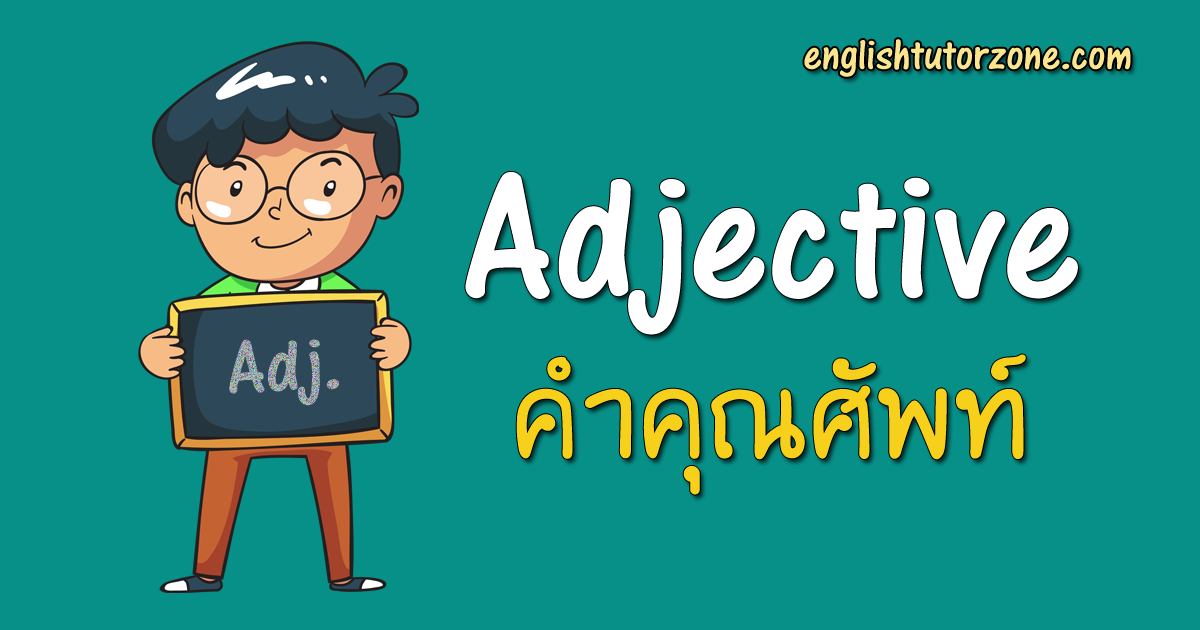
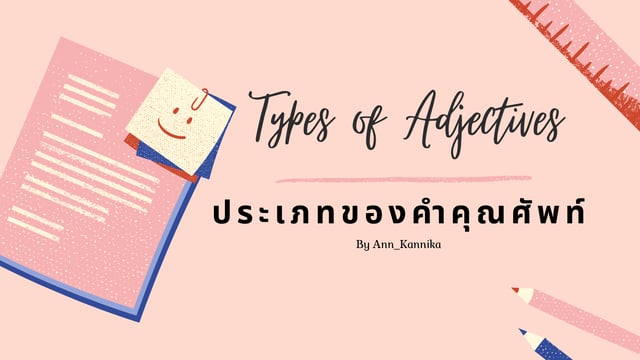
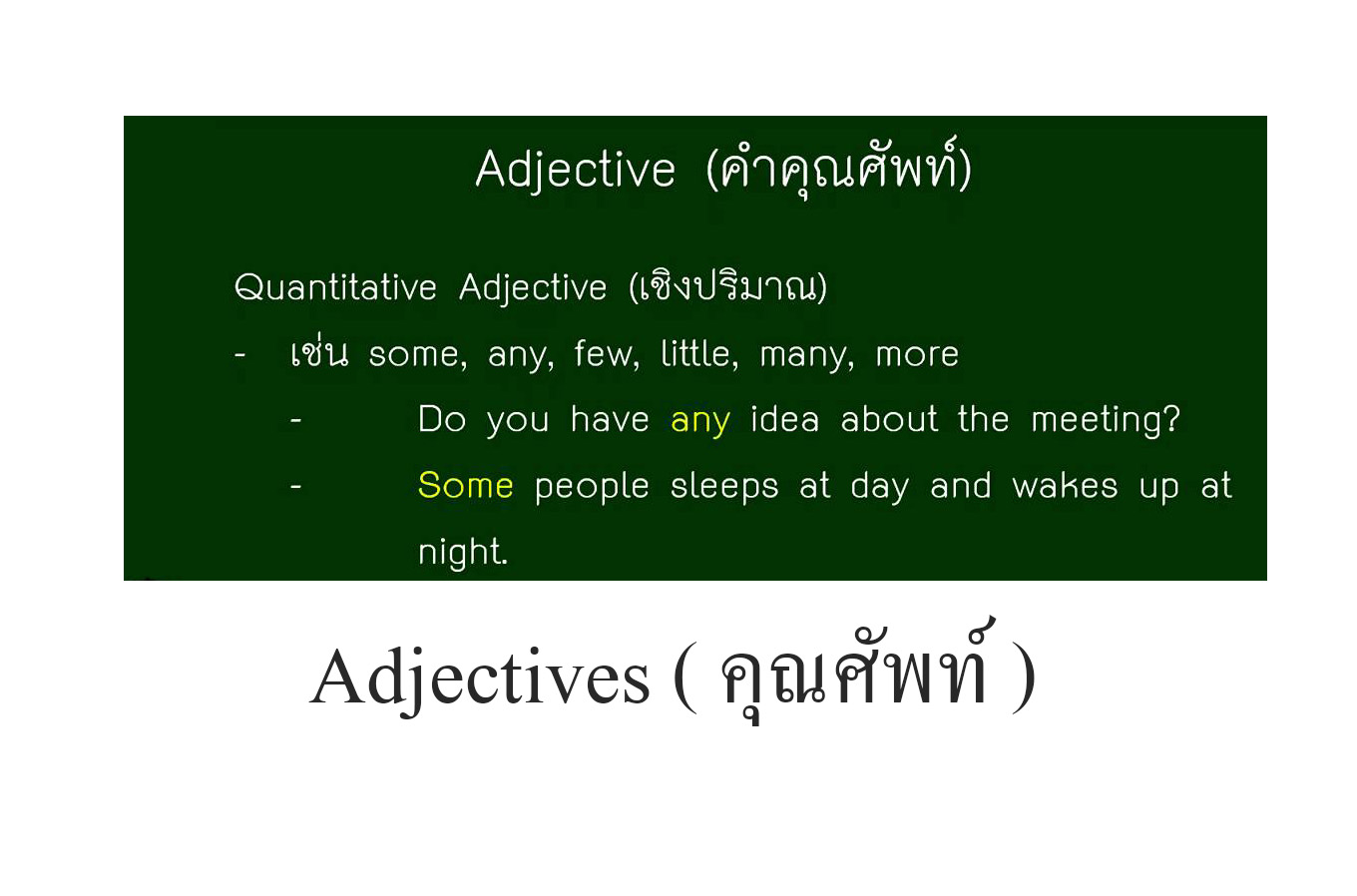








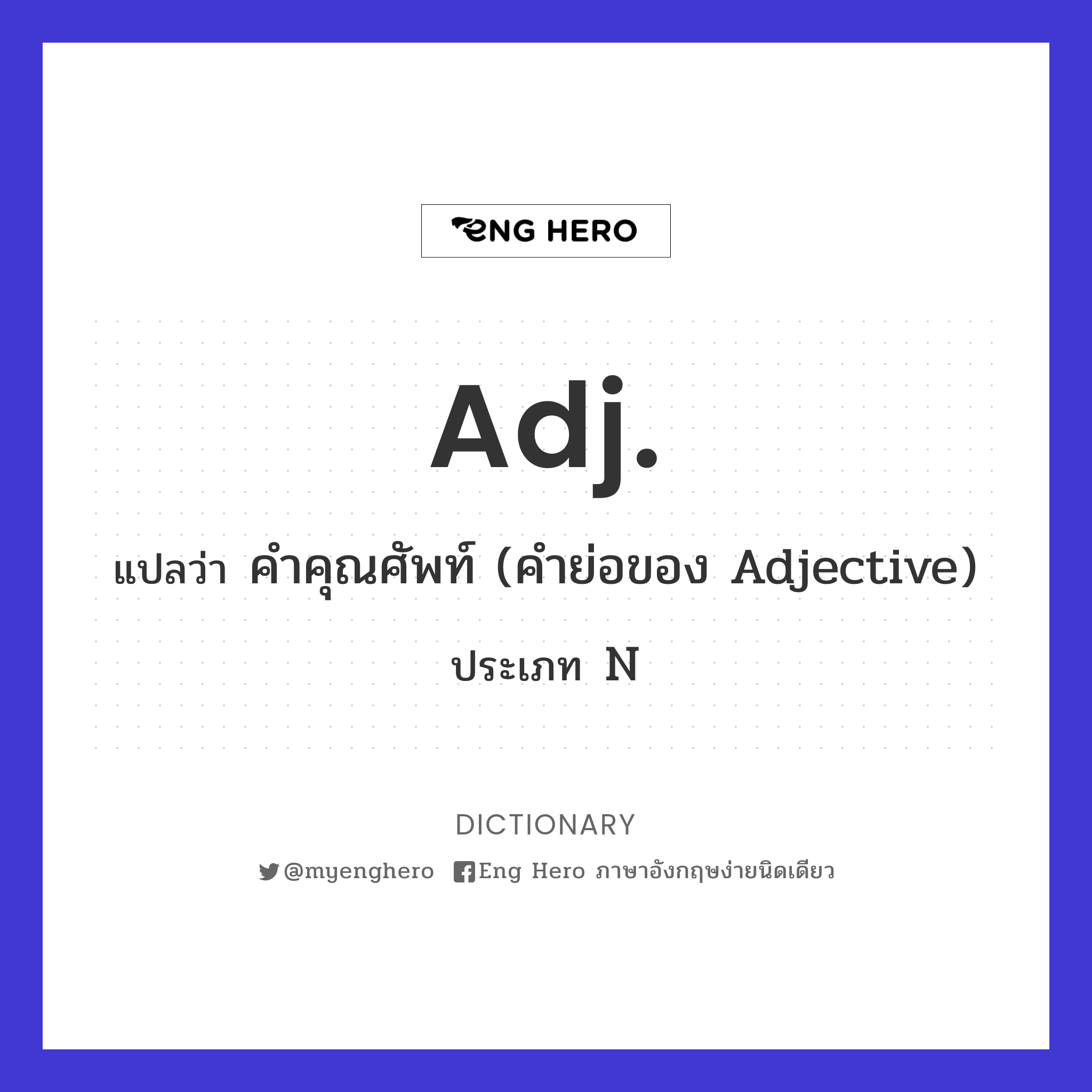
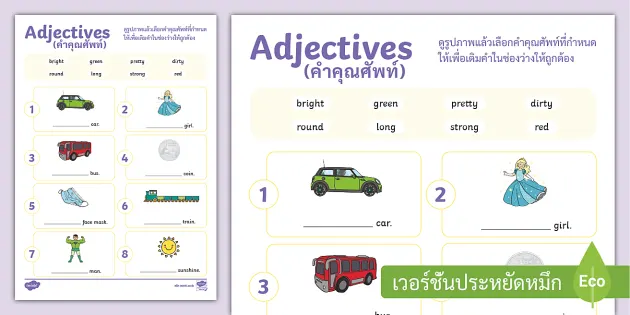


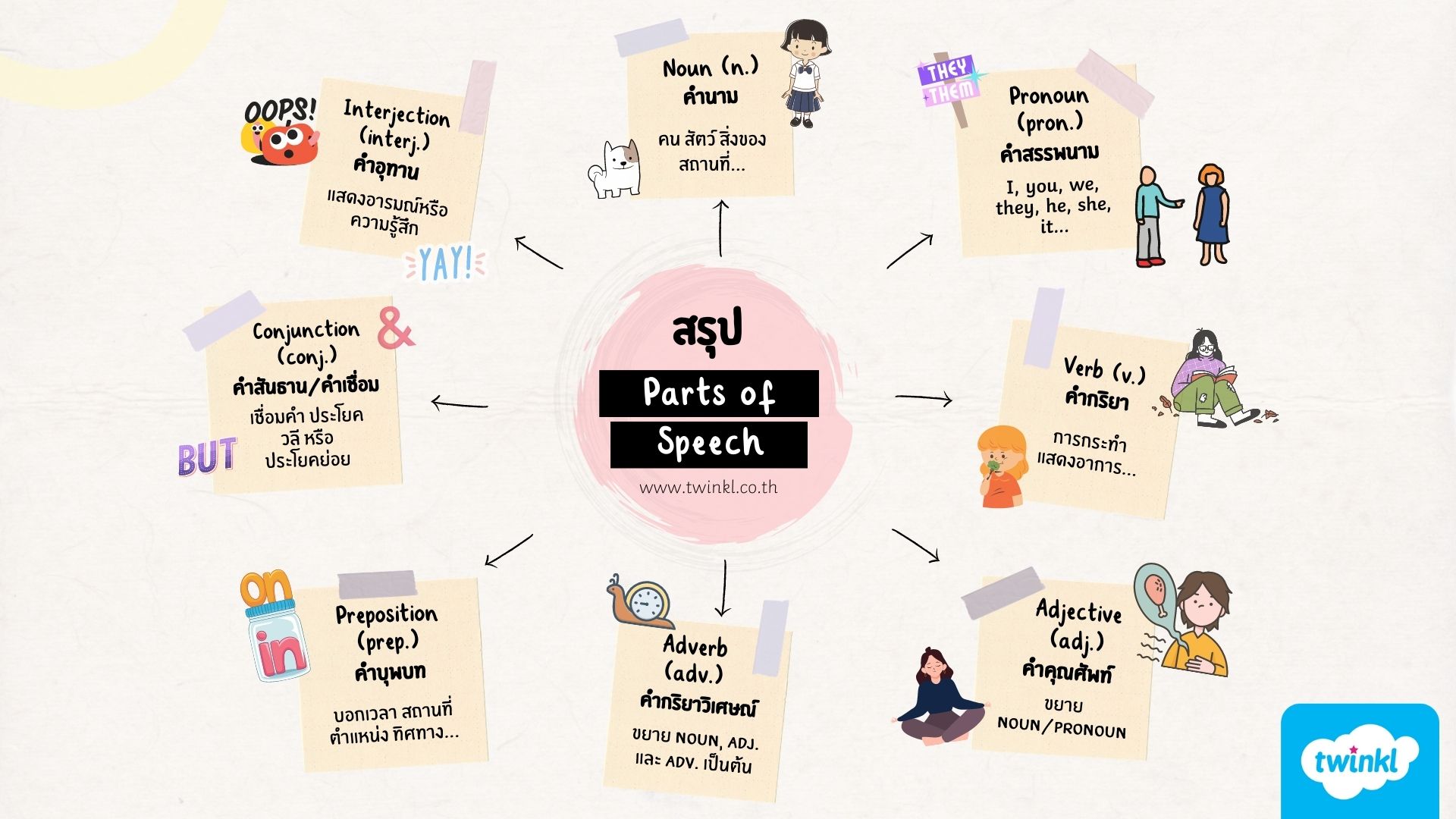

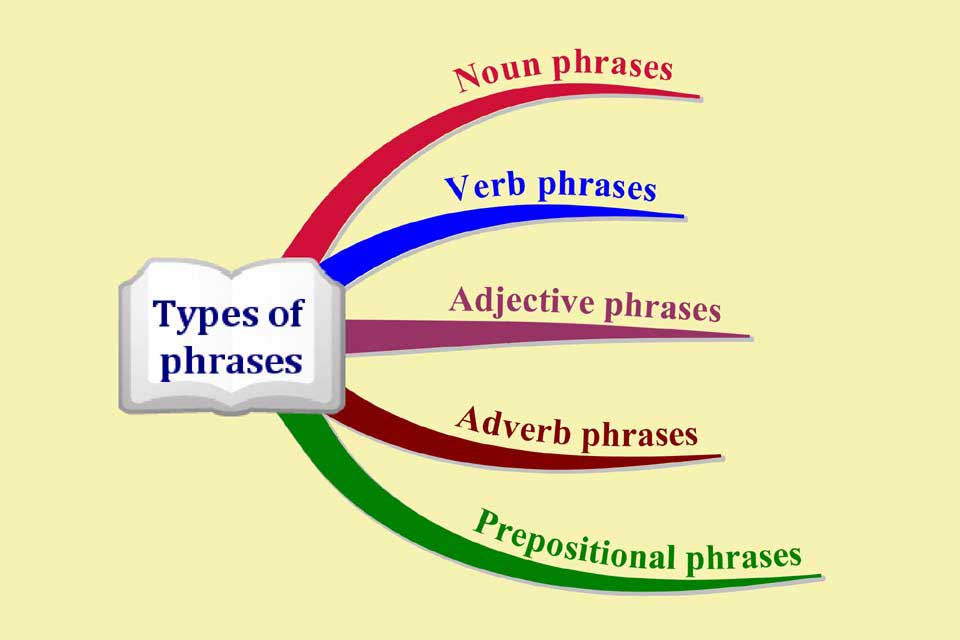
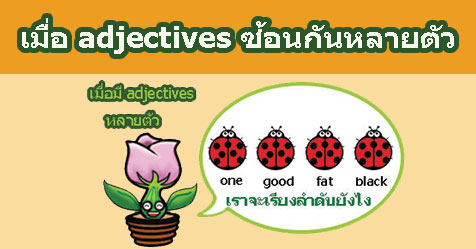
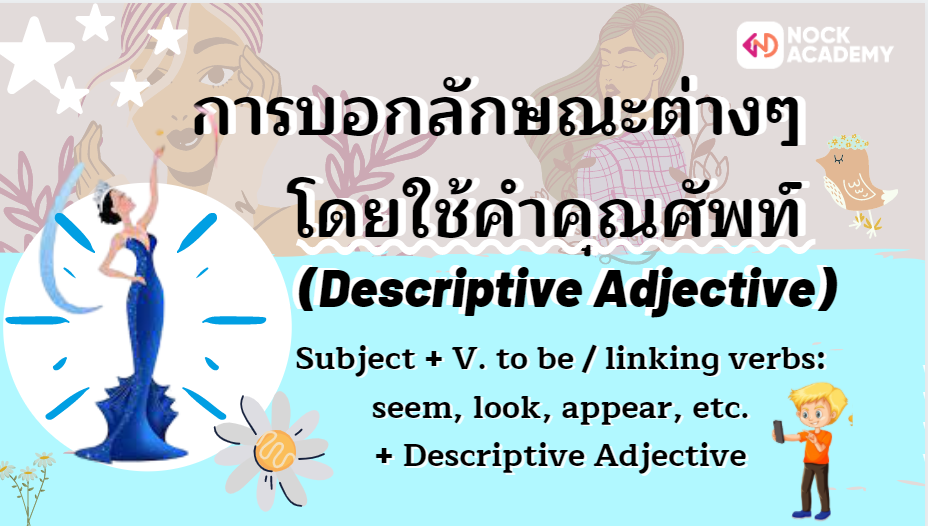





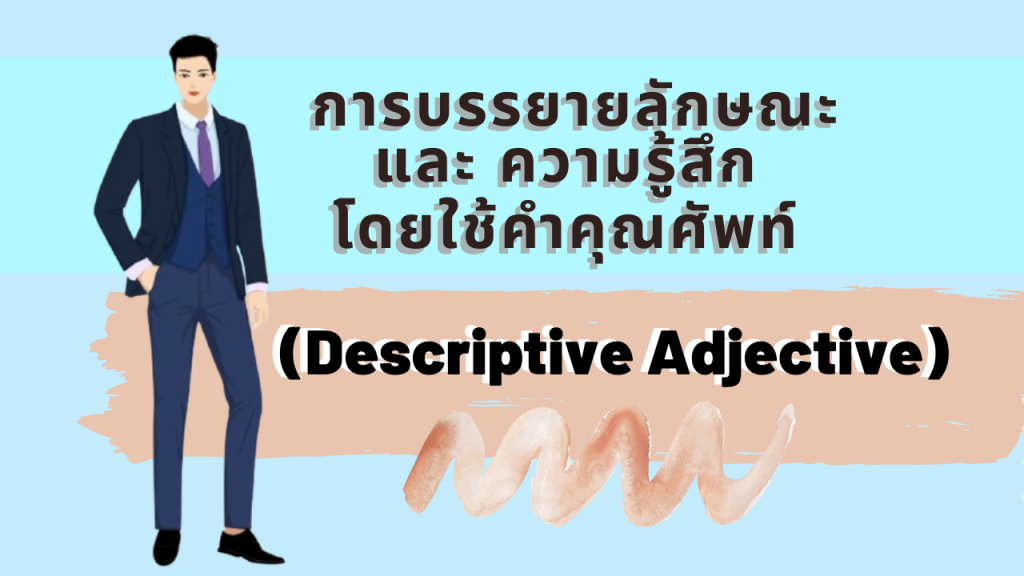
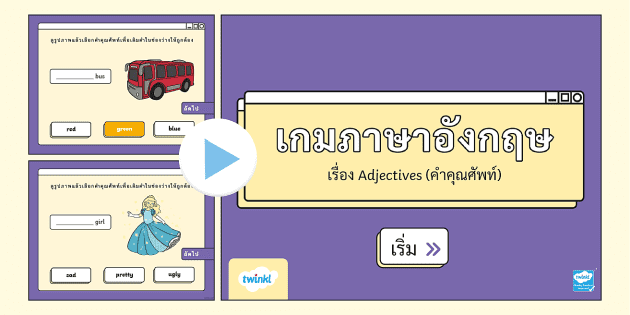
![Possessive Forms [3-จบ] – Possessive Adjectives VS Possessive Pronouns – – Jasminine – Possessive Forms [3-จบ] – Possessive Adjectives Vs Possessive Pronouns – – Jasminine –](https://jasmineisteaching.files.wordpress.com/2014/11/possessive-adjectives-vs-possessive-pronouns.jpg)
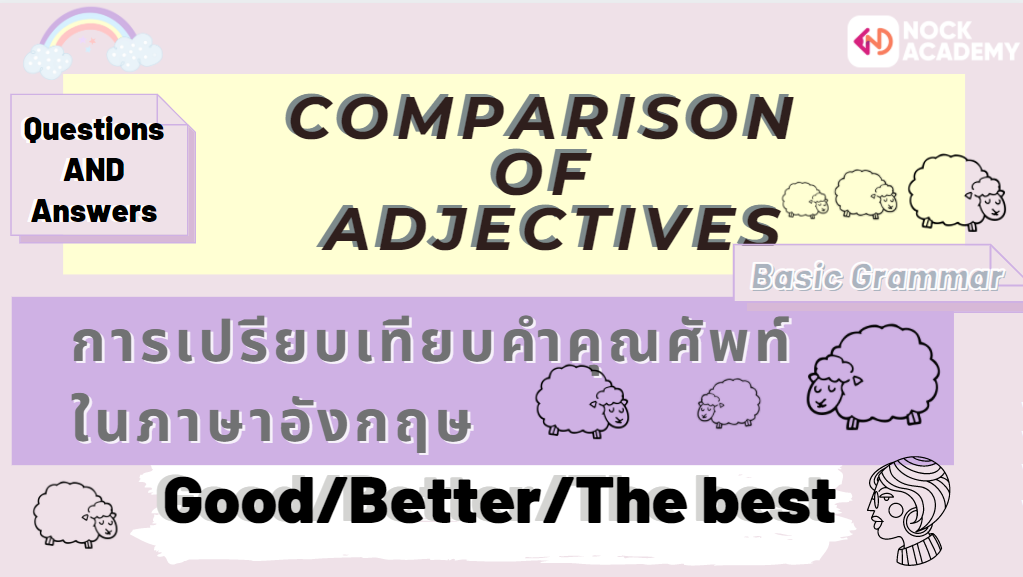

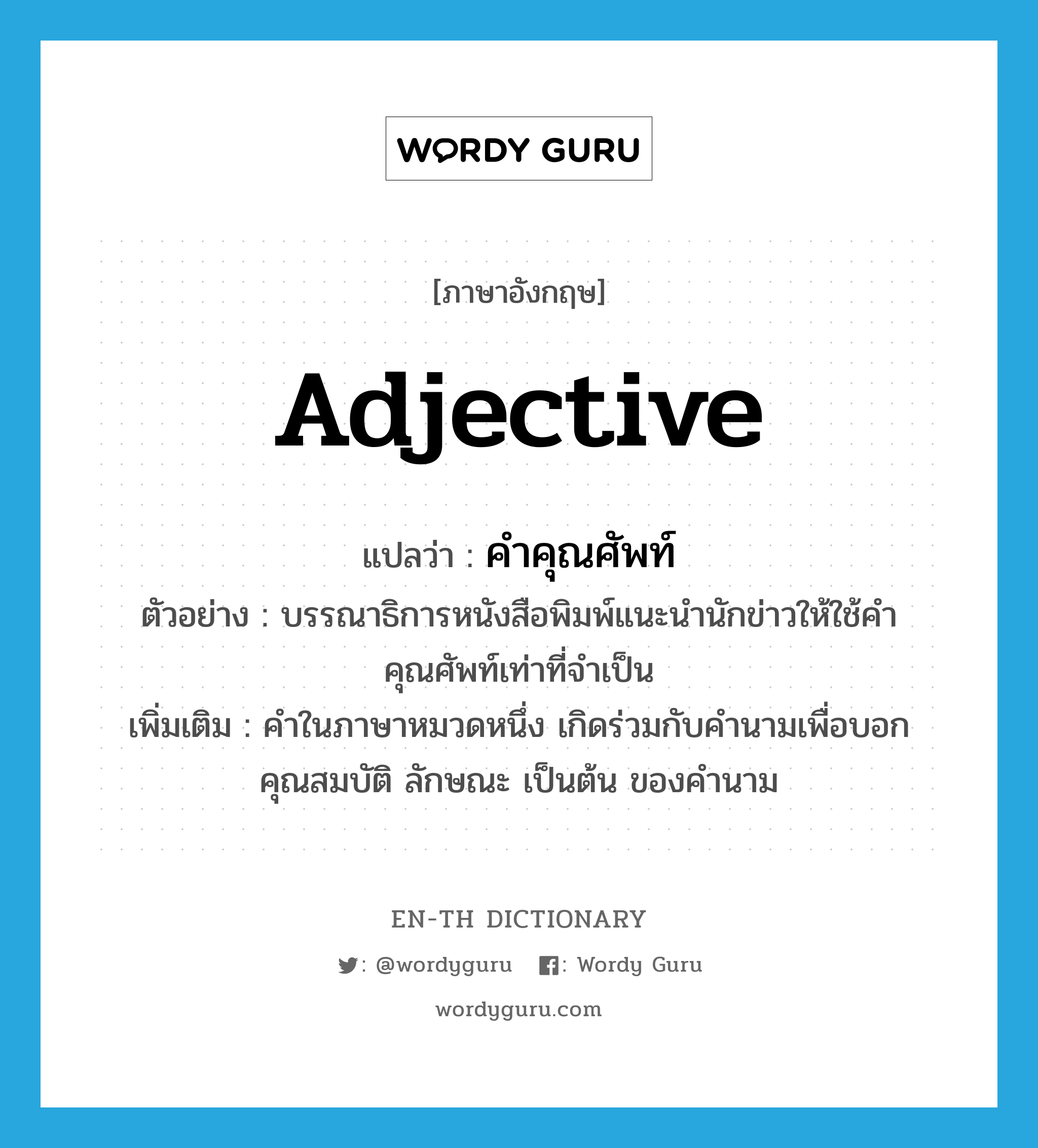


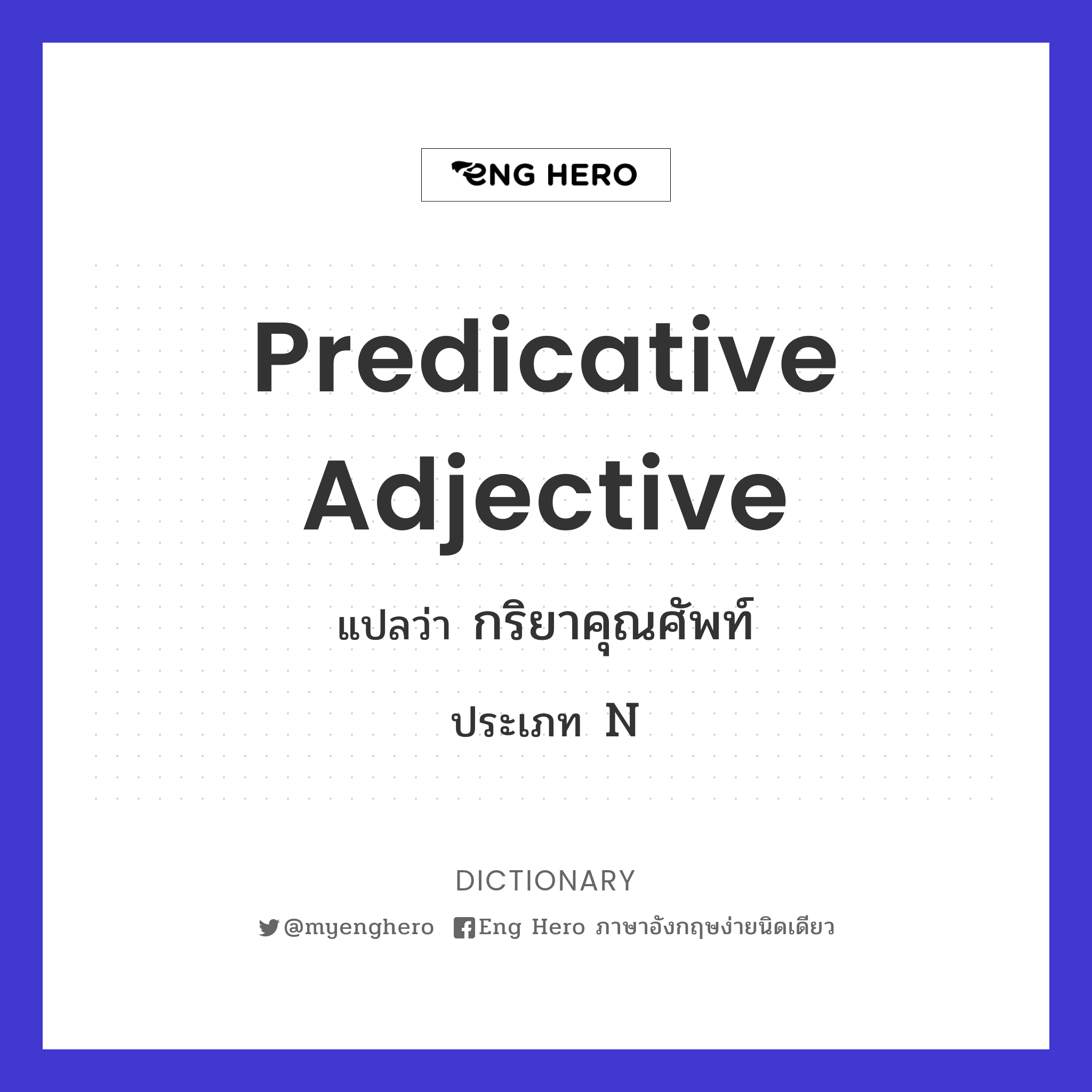


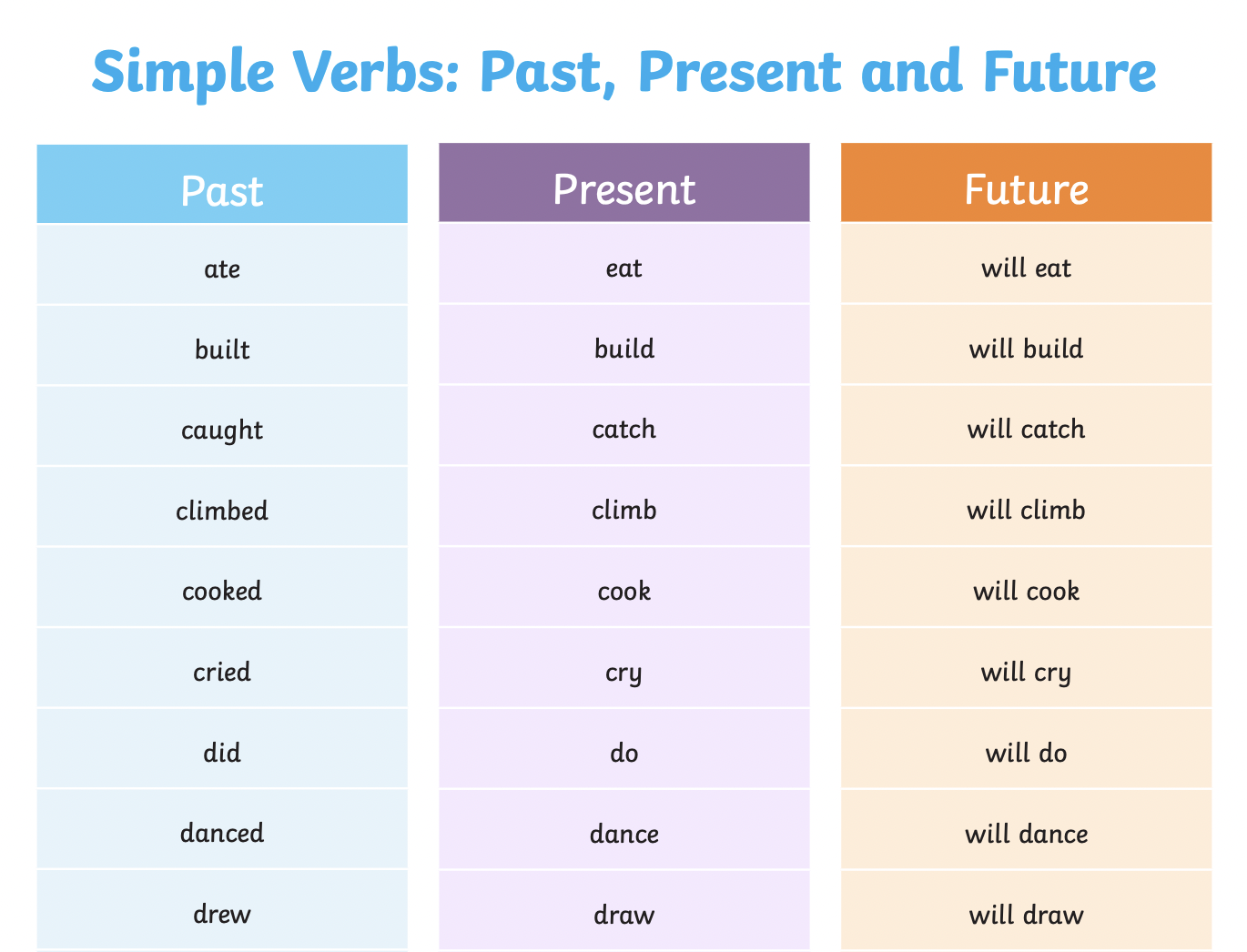


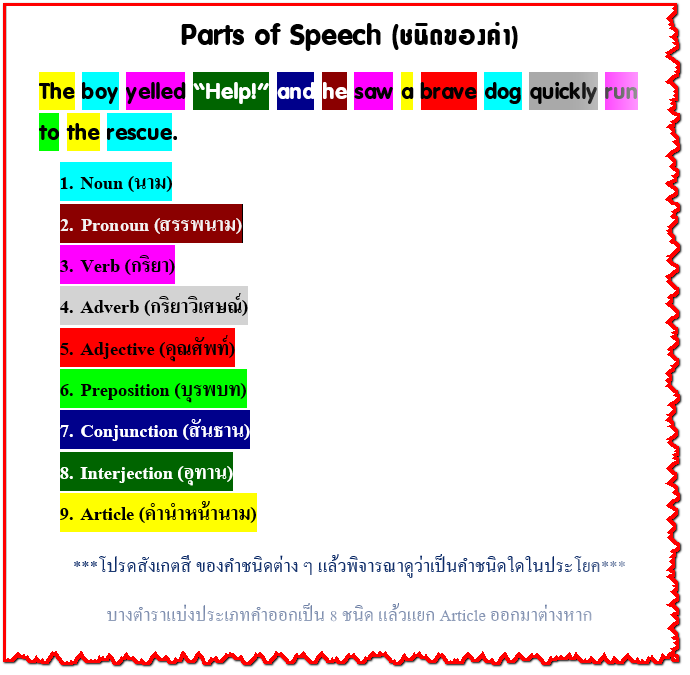



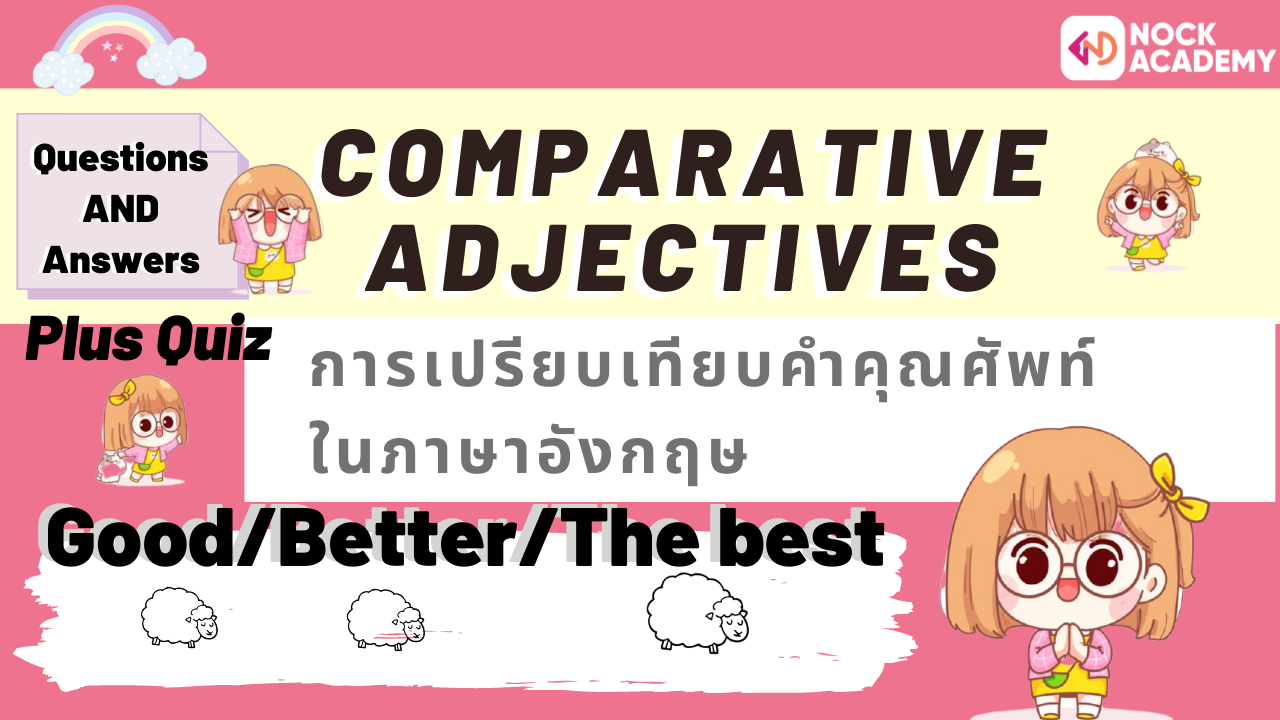



![Fon Sensei สอนภาษาญี่ปุ่น] หลายๆคนอาจจะสับสนกับคำคุณศัพท์ い(adjective い) ของภาษาญี่ปุ่น ว่าตกลงแล้วมันคืออะไร ใช้ยังไง🤔😭 บางทีก็เห็นมี い ท้ายคำปกติ บางครั้งก็เห็นเปลี่ยนい เป็นแบบอื่น ยิ่งถ้าต้องไปเจอในข้อสอบอาจจะยิ่งสับสนไม่ม Fon Sensei สอนภาษาญี่ปุ่น] หลายๆคนอาจจะสับสนกับคำคุณศัพท์ い(Adjective い) ของภาษาญี่ปุ่น ว่าตกลงแล้วมันคืออะไร ใช้ยังไง🤔😭 บางทีก็เห็นมี い ท้ายคำปกติ บางครั้งก็เห็นเปลี่ยนい เป็นแบบอื่น ยิ่งถ้าต้องไปเจอในข้อสอบอาจจะยิ่งสับสนไม่ม](https://t1.blockdit.com/photos/2021/01/6000476a29323512dfcc1669_800x0xcover_-mL4Qpfj.jpg)


ลิงค์บทความ: ประเภท ของ adjective.
ดูข้อมูลเพิ่มเติมเกี่ยวกับโพสต์หัวข้อนี้ ประเภท ของ adjective.
- Adjective คืออะไร มีกี่ประเภท เข้าใจครบทุกหัวข้อคําคุณศัพท์ อังกฤษ
- Adjectives ( คำคุณศัพท์ ) Types (ชนิดของคุณศัพท์) – ครูบ้านนอก
- Grammar: สรุปประเภทของ Adjective (คำคุณศัพท์) – ทรูปลูกปัญญา
- ประเภทของ adjectives ในภาษาอังกฤษ – GrammarLearn
- ประเภทของ adjective มีอะไรบ้าง มีกี่ประเภทกันแน่ มาดูกัน
- สรุปการใช้ Adjective (คำคุณศัพท์) มีกี่ประเภท อะไรบ้าง ตัวอย่าง
- Part of Speech (ชนิดของคำ)- Adjectives ( คุณศัพท์ ) ภาษาอังกฤษ
- 11 ประเภทของคำคุณศัพท์ (Adj.) ในภาษาอังกฤษ + ตัวอย่างประกอบ …
- ชนิดของคำคุณศัพท์ – Digital School Thailand 4.0
- Adjective
- Possessive Adjective คืออะไร มีอะไรบ้าง การใช้ ตัวอย่าง
- คำคุณศัพท์ – NECTEC
- ชนิดของคำคุณศัพท์ – Digital School Thailand 4.0
- Parts of speech, Adjectives ( คำคุณศัพท์ ) คืออะไร – TUENONG
ดูเพิ่มเติม: lasbeautyvn.com/category/digital-studios